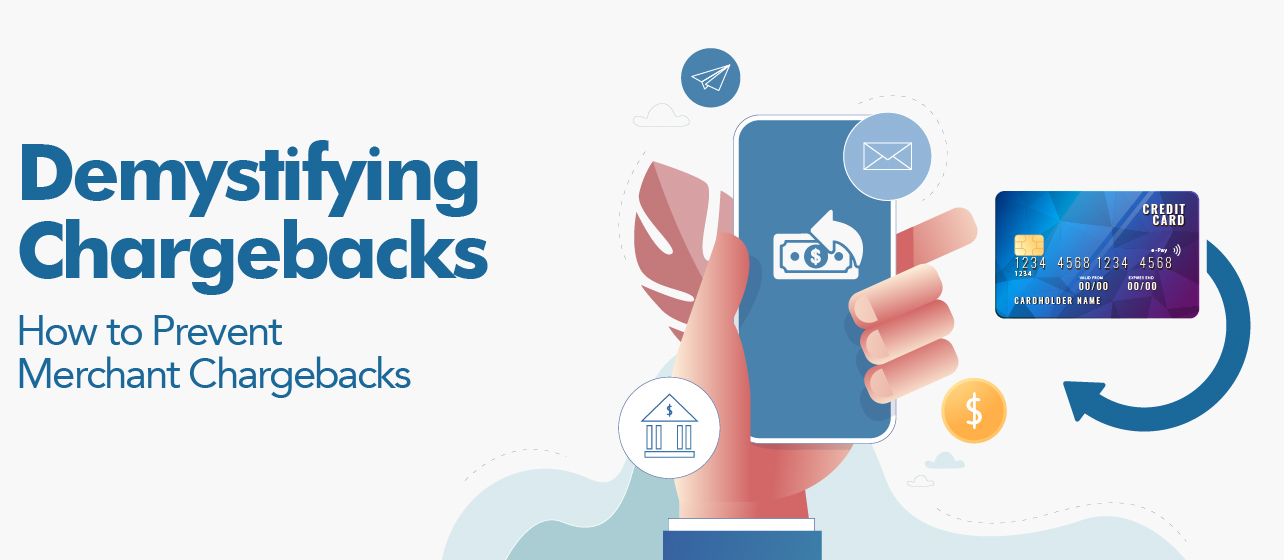
The question “ What is a chargeback?” keeps popping up in online card fraud cases. The history of chargebacks dates to the early 1970 in the United States even though the first case of identity theft is said to have occurred in 1899. During this period card holders were vulnerable to scammers who stole money from their debit cards. In addition, business owners were accused of inflating prices or adding extra charges to customers' bills. Fraud threats made customers skeptical of using their cards when shopping.
The Fair Credit Billing Act was enacted in the USA in 1974 to protect customers from unfair billing practices. The Fair Credit Billing Act of 1974 created chargebacks as a consumer-protection mechanism against fraudulent charges. The idea of chargebacks has been borrowed in the payment space globally to help customers whose cards have been frauded and needs a refund.
A chargeback, also known as a "payment dispute," is a reversal of credit or debit funds after a customer has raised a dispute about a purchase made through the card. Chargebacks are common in E-commerce, where customers use their cards to pay for goods online.
There are three types of chargebacks: criminal fraud, friendly fraud, and merchant error.
Merchant error chargeback occurs when a client disputes a purchase because of an error caused by the merchants, such as the delivery of a wrong product, delivery of damaged products, duplication or failure to deliver.
Criminal fraud chargeback happens when a client's card is used to make a payment without his consent. An example of a criminal fraud chargeback is when a criminal hacks a customer’s cards detail and uses it to purchase items online then the legitimate cardholder disputes the purchase. Clients are advised to report card losses to their banks.
Friendly fraud chargeback occurs when a dishonest customer disputes payment despite receiving goods or services ordered. The customer intends to abuse the chargeback process though it has been argued that the payment dispute can result from confusion or mistake. Friendly fraud is the most common chargeback, accounting for 60% to 80% of all chargebacks.
What is the difference between a chargeback and a refund? These two terms have been used interchangeably to mean the same thing in the payments space. However, there is a slightly small difference between the two. Refund is when the merchant voluntarily sends the customer money after a dispute has been raised while chargeback it is the card issuer who sends the customer money after the dispute has been raised.
Step 1: The Cardholder Files a Chargeback
The customer initiates the chargeback process by contacting his bank asking for a refund.
Step 2: The Issuer Reviews
The issuer (customer’s bank ) sends the transaction back to the acquirer (financial institution that processes credit card payments on behalf of a merchant) after confirming validity of chargeback
Step 3: The Acquirer is Notified and Reviews the Chargeback
The acquirer receives the chargeback and resolves or forwards it to the merchant.
Step 4: The Merchant Receives and Reviews the Chargeback
The merchant either accepts the chargeback or decides the chargeback is invalid or unfounded by sending compelling evidence to the acquirer.
Step 5: Acquirer Reviews Evidence Shared by the Merchant
The acquirer reviews the evidence shared by the merchant and ensures it meets the requirement before sending it to the issuer.
Step 6: The Issuer Reviews the Evidence and Makes a Decision
The issuer reviews the evidence shared by the acquirer and decides on the chargeback case.
Step 7: The Cardholder and Merchant Get Notified.
The issuer notifies the cardholder and the merchant about the decision. If the decision favors the customer, they don't have to pay the charge. However, the disputed funds will go to the merchant if he wins the determination. The party that disagrees with the decision can go to arbitration.
Chargebacks negatively impact businesses as they can result in losses and poor reputation. Though chargebacks will never end, here are tips to prevent chargebacks depending on the sector your company operates.